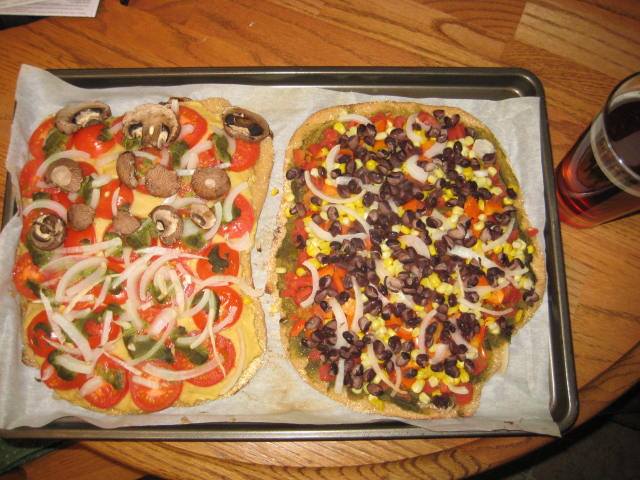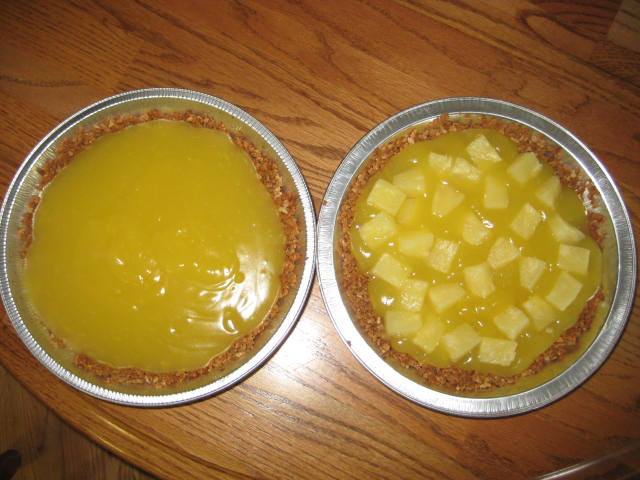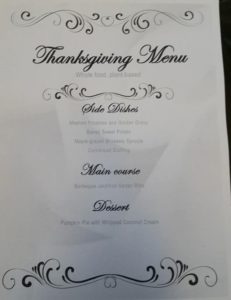What Do I Eat?
I eat a lot of food, roughly four pounds each day. What do I consider to be food? Fruits, leafy and root vegetables, whole grains, beans and other legumes. I eat lots of spices but little salt. Maybe one or two ounces of nuts and half an ounce of the darkest possible chocolate each day. I avoid processed foods.
I like two definitions of processed:
- Nothing good removed and nothing bad added, Dr. Michael Greger, nutritionfacts.org
- No processing that you can’t do easily in your home kitchen, Chef AJ
When I go out to eat, I have to focus on what I don’t eat, and generally choose from among the few offerings composed of whole grains, beans, vegetables, and fruits. In my experience, restaurants that serve meat but offer vegan options are often more to my taste than exclusively vegan restaurants. Options in the former can be made whole food, plant-based. The latter often emphasizes vegan comfort food, full of fake meats, fake cheeses, and greasy fried food. Usually, I can find something to eat in a restaurant, even if it is only a naked salad and a dry baked potato. Fortunately, that is not the norm, and does not apply at all when I am the chef. It means that sharing a meal in a restaurant is less about the food, and more about socializing.
The animal component of most dishes is the least contributor to flavor and texture. It is quite easy to make a healthy plant-based version of most old favorite meals, and I’ll discuss that in detail in various posts in the Meal Prep category.
All variety in cuisine comes from plants and fungi. There are just a few different meats to choose from, and most exotic meats are said to taste like chicken. Chicken is never eaten unseasoned, however. The sauces and spices that make meat, eggs and fish so tasty can all be used to equal effect with plants. It’s not the chicken that makes chicken Marsala, chicken tikka, and chicken cacciatore taste good.
I have to admit that cheese is another matter. There are a wide variety of cheeses that actually taste great, feel wonderful in the mouth, and differ from each other. Cheese is more addictive than flesh, which is why commercial vegan cheeses are so popular and successful, despite being highly processed and unhealthy in most cases. Fortunately, the addiction can be overcome (see the post Breaking Addictions). Wonderful cheese-like sauces can be made from cashews and they are fine to eat in small quantities. I’m not a big fan of using tofu as a substitute for cheese, but it serves well in some recipes that otherwise would use ricotta or paneer, and I sometimes marinate super-firm tofu and grill it, which makes an excellent sandwich slice.
Most people who cook for themselves have a relatively short list of “go to” dishes that they love to eat, and have learned to make to well suit their tastes. Mine include home-made pasta sauce for Sunday night dinners, stockpot stews and soups, spicy beans, big salads, breaded and baked zucchini and cauliflower with ranch dressing-like dip, and potato wedges.
I like variety as well, and sometimes I am just “in the mood” for pizza, Indian food, a smoothie, ice cream, eggplant Parmesan, onion rings, pancakes, or even beef bourguignon. I have made whole food, plant-based versions of all of these dishes, from scratch. It’s not that hard, and it is empowering to learn how to make something that you started with no idea how to make.
Sometimes I start with a recipe that I adapt. Once you understand few principles, you can too. Not every experiment is a complete success. But almost every experiment makes something tasty and healthy to eat, even if I have to eat it with a spoon instead of a fork. Every experiment teaches me something about how to do better the next time.











MMMMM… I think this qualifies Dan’l 🙂